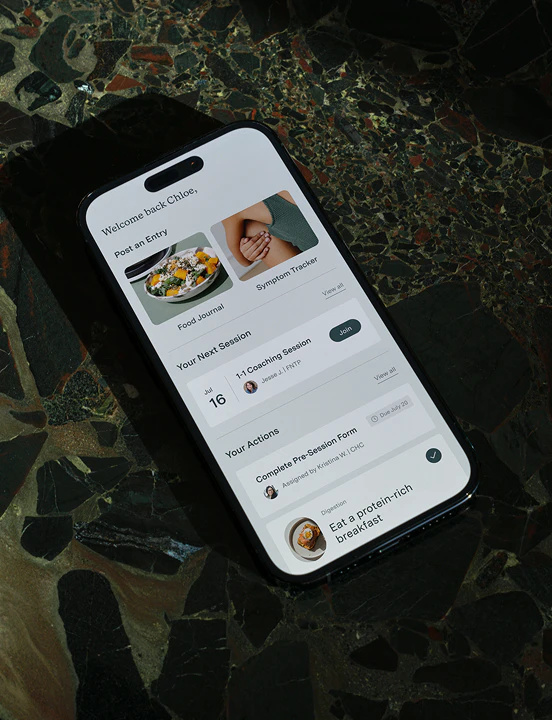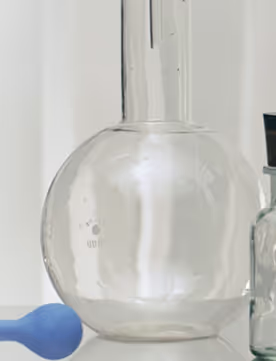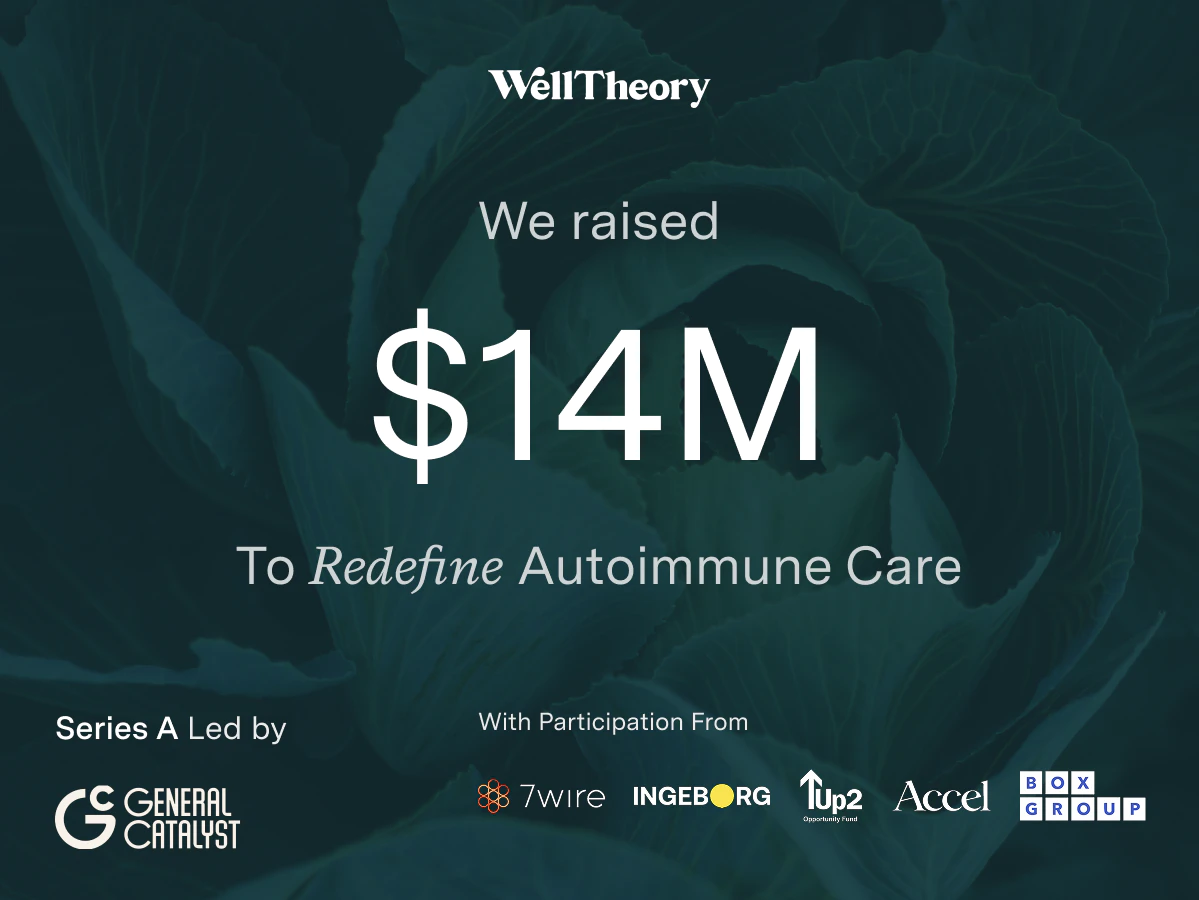My autoimmune journey has finally come full circle. Today, I’m humbled to announce our $7.2M of seed funding as we advance our mission to reverse the autoimmune epidemic. Our funding is led by Accel, with participation from Box Group, Lux Capital, Scribble Ventures, Rock Health and the CEOs of Maven, Everlane, Pillpack and more.* We’re thrilled to formally launch today after operating in private beta for the last year, and get to work with helping the 50 million Americans who struggle (often quietly) with 100+ known autoimmune disorders. Building WellTheory is deeply personal and it’s been a long road to get to where we are today.
My Health Journey
Three years ago, I hit rock bottom. I experienced a host of unexplainable, debilitating symptoms—brain fog, GI symptoms, fatigue—and got to the point where I was completely bedridden at 25 years old.
In my desperation to find answers, I saw every “ologist” in the book — an endocrinologist, hematologist, rheumatologist, gynecologist, cardiologist. During that process, doctor after doctor dismissed my symptoms, told me my labs looked normal, and said there was nothing they could do for me.

My testimony was constantly questioned and I was continually dismissed as one of the “worried well,” yet I trusted my body and knew, at my core, that something was unequivocally wrong. I had never experienced anything in my life like the bone-deep fatigue I felt and even if I couldn’t put words to it, the rashes, bloating, and tremors were physical manifestations that my body was battling something real. I held on closely to every ounce of hope I had to find answers.
I vividly remember the day I was finally pointed in the right direction. I was standing in the subway waiting for the next train when I received an email from Quest with my latest lab results. Terrified, I opened my results and saw that I had a positive ANA, an anti-nuclear antibody, one of the hallmark signs of autoimmune disease. I felt simultaneously relieved to have another clue, validated that there was really something wrong with me, and scared about what it meant for my future.
I wept in the subway car and vowed that once I got better, this was the area I wanted to dedicate my life to. My circuitous experience put my life into perspective and provided tremendous clarity — I realized my own health journey would have been worth it if somebody else wouldn’t have to experience the long-winding path I did. From there, I began to educate myself on what I was putting in and on my body, embracing using food as medicine and transforming my entire lifestyle. Over time, I was able to reverse many of the symptoms I was experiencing and reclaim my health.
I began to share my health story publicly on TikTok in the hopes I could help someone else navigating their own health journey. One day, I went viral with a video talking about symptoms I was told were normal that were actually an autoimmune disease. To my shock, 1.6M people watched it, and as I sifted through thousands of comments, I realized how underserved our community was and how desperately we needed better support and tools.

Making the Invisible Visible
There are an estimated 50M Americans suffering from autoimmune conditions, and the rates are quickly rising. Over the past 30 years, the number of people in the US managing autoimmune disease has more than doubled, from 20M to 50M. A growing body of research has identified the role environmental and lifestyle factors such as the Western diet, toxins, stress, and viruses play in triggering autoimmunity.
This silent epidemic of invisible illnesses is often overshadowed by diseases that are better understood by Western medicine or are more “visible.” As a result, autoimmune patients are often marginalized, stigmatized, or unrecognized by the US healthcare system. Unfortunately, women largely bear the brunt of these systemic shortcomings — approximately 75-80% of patients suffering from autoimmune disease are women, with certain conditions being 16 times more common in women. Not to mention, certain ones affect people of color more dramatically as well — Black women and Hispanic women are diagnosed with lupus at close to 3x the rate of non-Hispanic white women and have a mortality rate that is between 2-3x higher than that of white women.
Sadly, it comes as no surprise that this is a women’s health crisis. Despite controlling more than 80% of healthcare spending decisions in the US, women continue to be overlooked when it comes to the medical system. Women’s symptoms are more likely to be minimized or brushed off as psychosomatic from the outset. Studies cited in the Journal of Law, Medicine & Ethics revealed that women are prescribed less pain medication than men after undergoing the same procedure, are less likely to be admitted to hospitals with symptoms of chest pain, and are more likely than men to be prescribed antidepressants rather than painkillers.
In addition, for many decades, women were either completely excluded from or vastly underrepresented in medical research due to our “complex” hormones. While there have been strides in recent decades with new scientific literature demonstrating how sex and gender impact various diseases, our healthcare delivery model still lags behind.

.avif)
%20(1).avif)
%20(1).avif)

.avif)











.avif)

%2520(1).avif)



